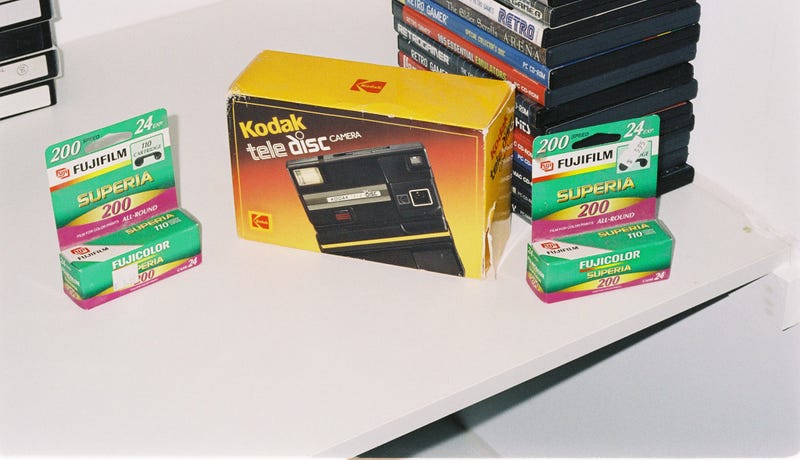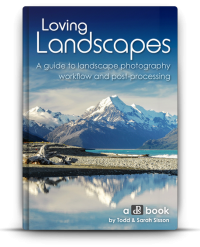How to Make Friends and Collaborate in the Photography Industry
Have you ever seen or been a part of a photography conference? Or even just walked into a camera store and spent some time observing people interacting in the store? It is as if we photographers speak another language, live in another world, or even belong to a cult. Of course, I mean this without any form of disrespect. Photographers and photography enthusiasts are a class apart. We all get excited about new lens and gear, talk in F-stops and ISO settings, and some of us save for years and years to buy a particular brand of camera or lens!

The photography industry is growing in leaps and bounds – not only in technology but also in the number of people who are aspiring photographers or even hobbyists. With easier access to gear and a wealth of free education around, photography is a career choice for almost any generation. However, it also means that many people are doing the same or similar things. Most photographers, at some point or another, think about industry competition to get ahead of the curve in the kind of money and work they think they need to get ahead.
I want to assure you that making a living is possible in this space. There is more than enough work to go around. Your peers and colleagues are not out to ‘get you’ or ‘steal work from you.’ Let go of that scarcity mindset and instead think of how you can collaborate with your competition in ways that can become a win-win for both of you.
Often times, the colleges and friends you make in the industry do more for you than you could imagine. They send their overflow work your way, and you make genuine friendships with people who speak the same language as you. You also get to collaborate on creative projects that improve your own skill as an artist.
There are several ways you can make friends and collaborate in the photography industry.
1. Attend conferences and photography related events
There is nothing quite like getting a bunch of photographers in a room to talk shop and discuss the latest and greatest gear and techniques. The energy and the learnings at such events are incredible. Most conferences and events get the best speakers and teachers, so this is a great way to increase your skill set and also meet some of your mentors and peers.As someone who has started to speak and teach at conferences and events, I am just as nervous to get up on stage as you might be to come to an event! However, I am so happy to meet and mingle with my people – folks who love photography as much as I do.
So go with an open mind and be willing to put yourself out there to make genuine connections and friends.

I had the opportunity to attend a conference and took some food styling and food
photography classes. While there, I made some amazing friends who, to date,
have been very supportive of each other’s work.
2. Join local groups
If traveling for a conference or an event is not your thing, thanks to apps like Meetup and Eventbrite, there are plenty of local chapters and groups that are photography specific. Some groups routinely go out and photograph. Others have workshops and classes where members exchange ideas and knowledge. Find what works for you and be open to give as much or more than what you receive.3. Connect with photographers who you admire
I have to admit; this one is one of my favorite ways to connect with others in the photography space. Most photographers are on social media because it is such a great visual tool to showcase your work. So I find it easy to find photographers whose work I admire on social and engage with them regularly. Sometimes it is a ‘like,’ other times it is a comment or a direct message (DM). Nothing crazy or weird, I just say hello and compliment them on something that I find enjoyable. This is not a place to ask favors or ask for work. Instead, this is a place to connect and be social. The more you engage, the more you become a familiar face. Then when the time comes to collaborate or work together, let that organically happen.Don’t ask open-ended questions or ask to pick their brain. Instead, do your research and ask intelligent questions. Ask about their motivation or inspiration or an accomplishment that they are proud of. Perhaps you could ask how they get over a creative slump…anything that humanizes you and them.

I collaborated with another photographer who I met online. I stayed at her house for the
weekend and created some amazing work that I am most proud of to date.
4. Be friendly and cordial
Always be friendly and cordial. No matter the stage of business you are at, always remember you too started at the bottom of the ladder too. Just because you have ‘achieved’ success doesn’t mean you have to be rude. On the flip side, to the person who is reaching out to other photographers, do the same. We are all in this together. You will make genuine friends when you are honest and genuine yourself. You will just put people off when you are insincere.5. Offer something of value – no, it’s not always money
I am of the school of thought that money is not the ultimate form of success. Yes, we need money to survive – to put food on the table, pay the rent and other necessities like that – but there are many people out there who are motivated by something other than money.Find your passion and find what feeds your soul. The money is sure to follow.
When working with others, offer something of value. When you are collaborating with other creatives, put your best foot forward so that the collaborative effort is worth its weight in gold. That way, it is a win for everyone included.

I conducted a styled shoot for new wedding photographers, and as a result, collaborated
with many vendors who got photos in exchange for products and services – a win-win for all.
6. Pre and post follow through is important and essential
When collaborating with other creatives, communication about expectations and outcomes is critical. It is important everyone is on the same page so that each party knows what they need to put in and what they are going to get out of it.Communication can be as formal or as informal as you all agree. Typically everyone pitches in or brings something of value (time, talent, props) to the table. After the collaboration, people share each other’s work, give critique and sometimes even share images for each other’s portfolios.
No matter what process you use, make sure everyone agrees.
It is also important to do a debrief on the collaboration. Figure out what worked and what didn’t. How can you all make it better next time? Make sure to address any issues so you can all walk away with a positive experience.
Collaboration isn’t just with other photographers. It can also include vendors and businesses in your area of specialty. You can make a trade of goods and services in exchange for photos. Here pre and post-follow-up are critical so that all expectations are met.

Collaborate with vendors and businesses not just other photographers.
Have you collaborated on some great projects? Share your experiences with the dPS community in the comments below.
Share this article.









 Photo: Matthew Paul Argall (
Photo: Matthew Paul Argall (


















 https://resources.digital-photography-school.com/ref/937/
https://resources.digital-photography-school.com/ref/937/










